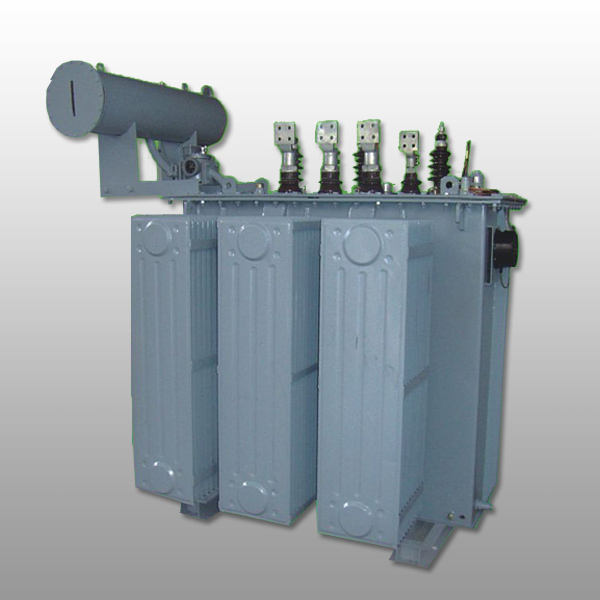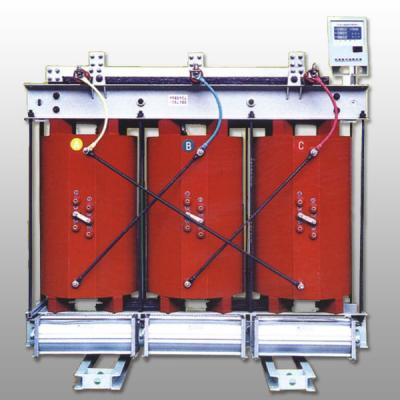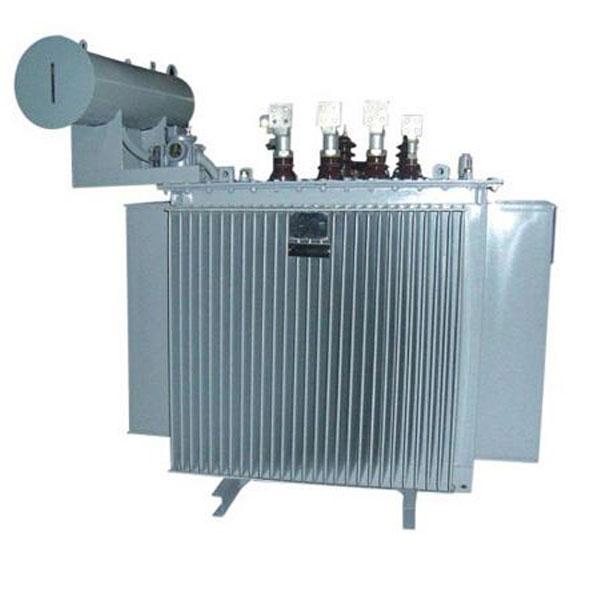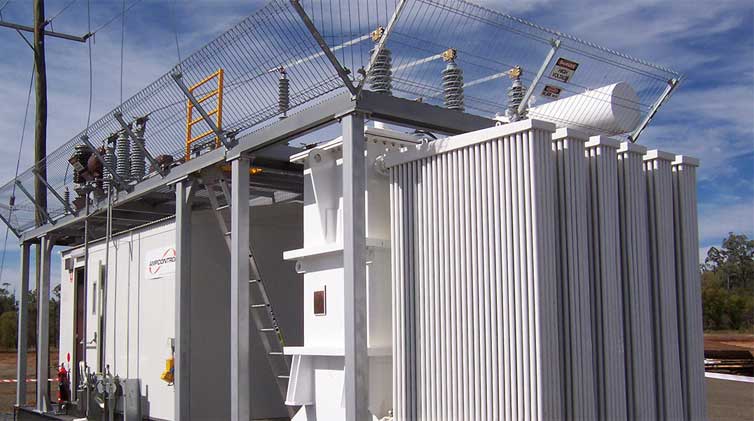Difference Between Power Transformer and Distribution Transformer
The Basic Difference between the Power Transformer and Distribution Transformer
Along with this, the designing efficiency and the designing of the core, the types of losses occurring in the transformer, their operating conditions, and various applications are also important parameters.
The difference between the two transformers is given below:| BASIS OF DIFFERENCE | POWER TRANSFORMER | DISTRIBUTION TRANSFORMER |
| Type of network | It is used in transmission network of higher voltages | It is used in the distribution network for lower voltages. |
| Availability of ratings | 400 kV, 200 kV, 110 kV , 66 kV, 33 kV. | 11 Kv, 6.6 Kv, 3.3 Kv, 440 V,230 V |
| Maximum rating of usage | Power transformers are used for rating above 200 MVA | Distribution transformers are used for rating less than 200 MVA |
| Size | Larger in size as compared of distribution transformers | Smaller in size |
| Designed Efficiency | Designed for maximum efficiency of 100% | Designed for 50-70% efficiency |
| Efficiency formula | Efficiency is measured as the ratio of output to the input power | Here All Day Efficiency is considered. It is the ratio of output in kilowatt hour (kWh) or watt hour (Wh) to the input in kWh or Wh of a transformer over 24 hours. |
| Application | Used in generating stations and transmission substations | Used in distribution stations, also for industrial and domestic purposes |
| Losses | Copper and iron losses take place throughout the day | Iron losses take place for 24 hours and copper losses are based on load cycle |
| Load fluctuation | In power transformer the load fluctuations are very less | Load fluctuations are very high |
| Operating condition | Always operated at full load | Operated at load less than full load as load cycle fluctuates |
| Considering time | It is independent of time | It is time dependent |
| Flux density | In power transformer flux density is higher | As compared to power transformer the flux density is lower in distribution transformer |
| Designing of the core | Designed to utilize the core for maximum and will operate near to the saturation point of the B-H curve, which helps to bring down the mass of core | As compared to power transformer the flux density is lower in distribution transformer |
| Usage | Used to step up and step down voltages |
Used as an end user connectivity |
View the key difference between power transformer and distribution transformer with Yuebian transformers or just scrow down to learn more.
Power Transformer
The Power Transformer is installed at various power stations for generation and transmission of power. It acts as a step-up or a step-down transformer for increasing and decreasing the level of voltages as per the requirement, and it’s also used as an interconnection between two power stations.
Distribution Transformer
The Distribution Transformer is used to bring down or step down the voltage and current level of a transmission line to a predefined level, which is called safety level for the end-user consumer in domestic and industrial purpose.
Key Difference Between Power Transformer and Distribution Transformer
- Power transformers are used in the transmission network of higher voltages whereas the Distribution Transformers are used in the distribution network of lower voltages.
- The power transformers are available in various ratings of 400 kV, 200 kV, 110 kV, 66 kV, 33 kV in the market and the distribution transformer are available in 11 kV, 6.6 kV, 3.3 kV, 440 V, 230 Volts.
- The power transformer always operates on rated full load as the load fluctuation is very less but the distribution transformer is operated at the load less than full load as the variation in the loads are very high.
- The power transformers are designed for maximum efficiency of 100%, and the efficiency is simply calculated by the ratio of output power to the input power, whereas the distribution transformer the maximum efficiency varies between 50-70% and calculated by All Day Efficiency.
- Power transformers are used in power generating stations and transmission substations, and the distribution transformer is installed at the distribution stations from where the power is distributed for the industrial and domestic purposes.
- The size of the power transformer is large as compared to the distribution transformers.
- In Power Transformer, the iron and copper losses take place throughout the day but in distribution transformer, the iron loss takes place 24 hours i.e., throughout the day, and the copper losses depend on the load cycle.
Jump to Content Sections
- 1 . The Basic Difference between the Power Transformer and Distribution Transformer
- 2 . Power Transformer
- 3 . Distribution Transformer
- 4 . Key Difference Between Power Transformer and Distribution Transformer
YUEBIAN Transformers You Might Be Interested
Leave a Message
You May Also Like
 English
English  français
français  Español
Español  русский
русский  العربية
العربية  tiếng việt
tiếng việt  Malay
Malay  Indonesia
Indonesia  বাঙালি
বাঙালি 




